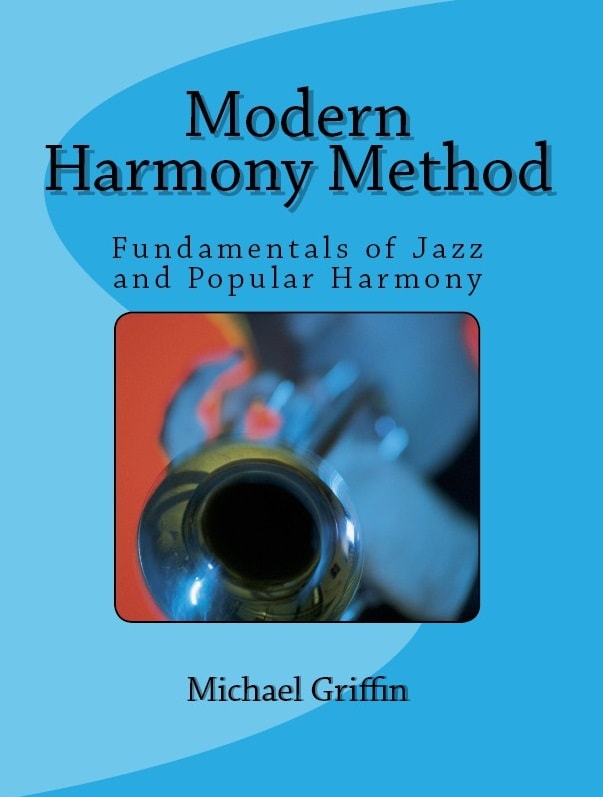Music Harmony – Essential in ALL Theory Curricula

It is said …
Rhythm stirs the body.
Melody stirs the heart.
Harmony stirs the intellect.
Harmony is the noblest level of music understanding. It represents the culmination of the fundamentals of music theory, encapsulating an understanding and a mastery of key signatures, tonality, intervals, modulation, meter and rhythm, pitch, and range. Harmony is practical. You play it, listen, and respond.
Harmony is an essential aspect of music that governs how musical notes work together in chords and how those chords function next to one another in a progression. It provides richness and texture to music and plays a crucial role in shaping the emotional and expressive qualities of a composition. Understanding and effectively using harmony can be the difference between a good song and a great one.
Hence, harmonisation, essential for bringing together the elements of music, is a grand aim for a theory and musicianship course, and central in arranging and composing.
For young music learners, jazz harmony offers so much more than the more traditional classical 4-part harmony. Unless students are arranging or composing for 4-part choirs, they seldom make use of classical harmony skills, whereas jazz and popular harmony is versatile and widely applicable.
No matter the genre, all harmony courses begin with the basics of triad construction, inversions, and identification, passing notes in a melody, and chord families. Then it gets interesting, as richness of jazz sounds emerge. Students explore the wonderful world of sevenths, then 9ths, 13ths, altered 5ths and 9ths, the world’s greatest chord progression (circle of fourths), A and B piano voicing, substitutions, suspensions, and more. Part of the appeal of engaging in applying harmony is the creative openness; not just one harmonic solution but many can successfully underpin a melody.
Modern Harmony Method – Fundamentals of Jazz and Popular Harmony presents this in a student friendly workbook providing background, examples, useful tips, exercises and solutions. It’s designed as a textbook for classroom use from middle school students through to senior, and even early university level. Students love learning jazz harmony! It provides a satisfying endpoint to rudimentary theory. As well, classically trained music teachers enjoy the book’s clarity and simplicity for private study, to further their understand of jazz.
Some people think there’s a mystery to jazz harmony, but this is not so. Jazz harmony is beautifully logical, and not difficult to learn. Unfamiliar perhaps, but not difficult!
Watch a brief video of the content. Order through Amazon, or if in Australia, email michael@professional-development.com.au
“Particularly good for pupils composing in a pop and jazz style. The material gradually increases in difficulty and there are a lot of useful exercises to be completed by students.”
“This book certainly delivers. Griffin does a superb job giving clear and concise steps that students should take when approaching the task of harmonizing a melody. The book is laid out in an easy-to-understand format. A great resource for any music teacher or student interested in understanding and implementing pop/jazz theory/harmony concepts. – Music Matters, USA.
MICHAEL GRIFFIN
M. Ed Studies, B.Ed.
A. Mus. A
Adelaide, South Australia